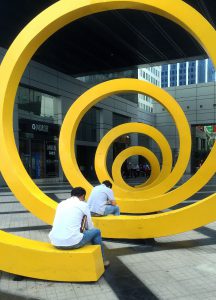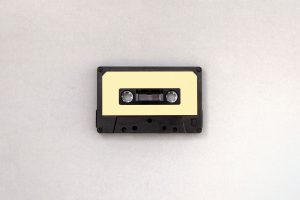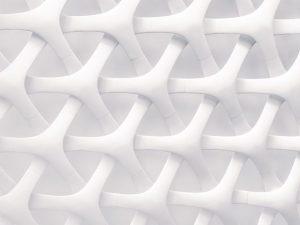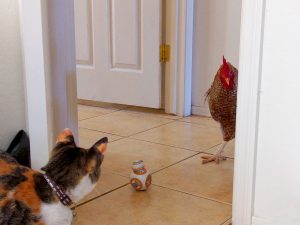Blog
You can become a superhero of automation and development by learning and practicing. This is our blog from our learnings and practice.
We are consultants and trainers in Cloud Foundry, devops automation and continous delivery. We have the best jobs in the world helping you have the best job in the world.

Buildkite is a CI/CD tool that allows you to build the way you want. The easiest way to get started is to simply add a Buildkite Agent to your various environments (dev/qa/staging) and the agent uses your existing build tools with very little extra work. It’s easily installed with Homebrew, includes an attractive cloud-hosted UI,

Docker Desktop is a perfectly serviceable way to use Docker on either MacOS or Windows, but for non-trivial use cases, it leaves much to be desired. I recently happened upon one such use case that you might think would be rather common: I develop on MacOS, but since my MacBook Pro only has 16GB of

This is the fourth part of a multi–part series on designing and building non-trivial containerized solutions. We’re making a radio station using off-the-shelf components and some home-spun software, all on top of Docker, Docker Compose, and eventually, Kubernetes. In this part, we’ve got a working system, our own rebuildable images, and a portable Docker Compose

Buddhism has its Four Noble Truths. Plato had his Ideals. We’ve spent close to a decade running applications on top of the Cloud Foundry platform-as-a-service (PaaS), and here’s a few universal truths about application development and deployment that we hope you’ll bring to your next Kubernetes project. Start Strong. One of the great joys of

This is the third part of a multi-part series on designing and building non-trivial containerized solutions. We’re making a radio station using off-the-shelf components and some home-spun software, all on top of Docker, Docker Compose, and eventually, Kubernetes. In this part, we’re going to take the notes we took during the last part (you did

This is the second part of a multi-part series on designing and building non-trivial containerized solutions. We’re making a radio station using off-the-shelf components and some home-spun software, all on top of Docker, Docker Compose, and eventually, Kubernetes. In this part, we’re going to take the architecture we cooked up in the last part, and

So, you want to start a radio station, eh? This is the first part of a multi-part series on designing and building non-trivial containerized solutions. We’re making a radio station using off-the-shelf components and some home-spun software, all on top of Docker, Docker Compose, and eventually, Kubernetes. In this part, we’re going to explore how

Your average blog post / tutorial / video about containerizing software goes a little something like this: Trouble is, all that “simple Docker stuff” is where things can (and often do!) go horribly horribly wrong, and there is precious little material available out there on the Internet for helping you through those precarious bits. No
